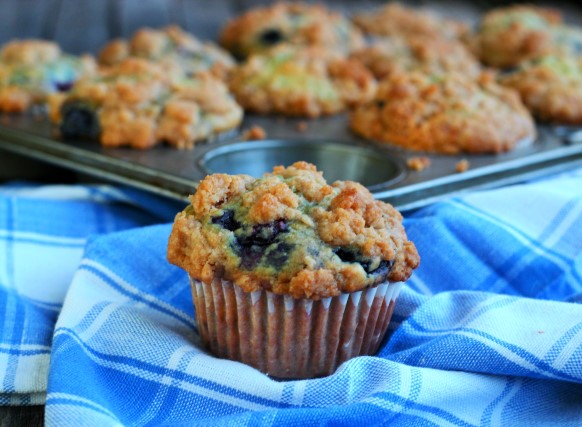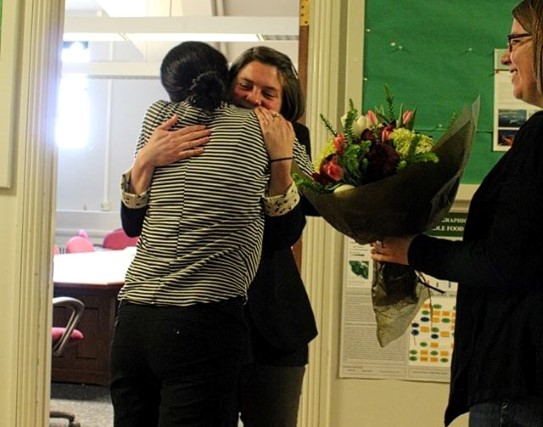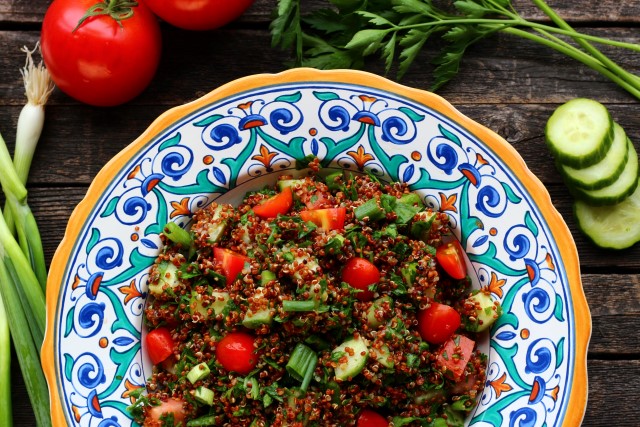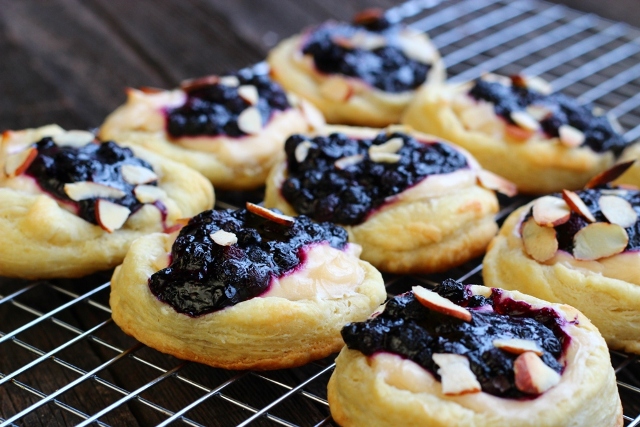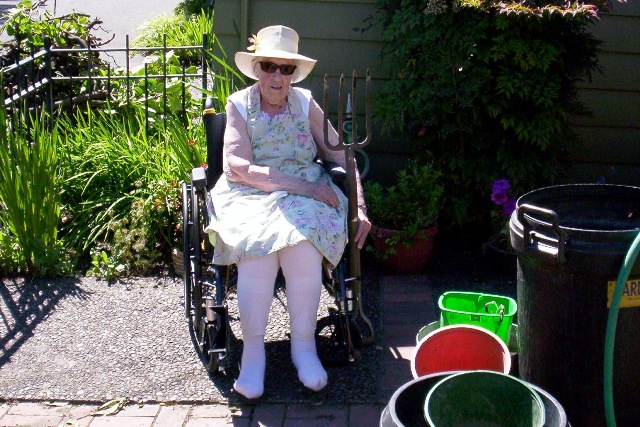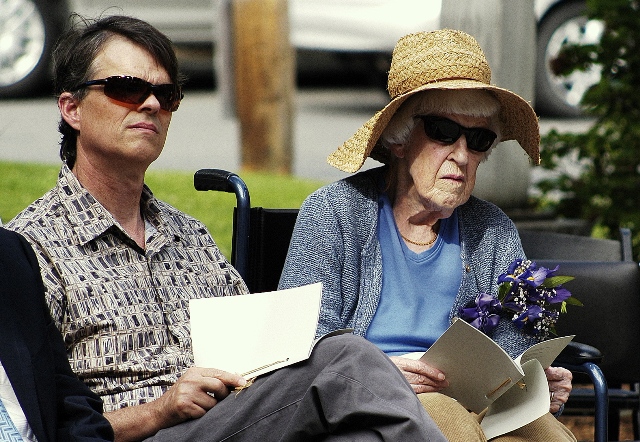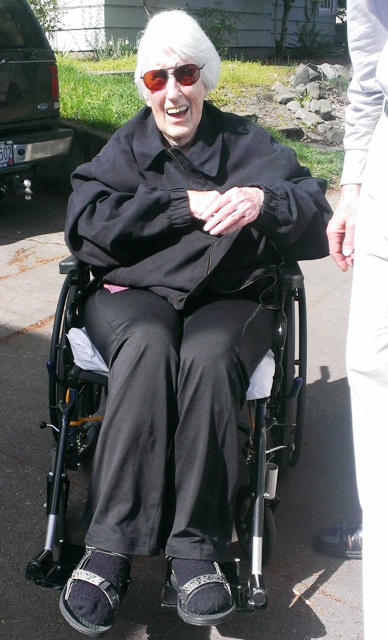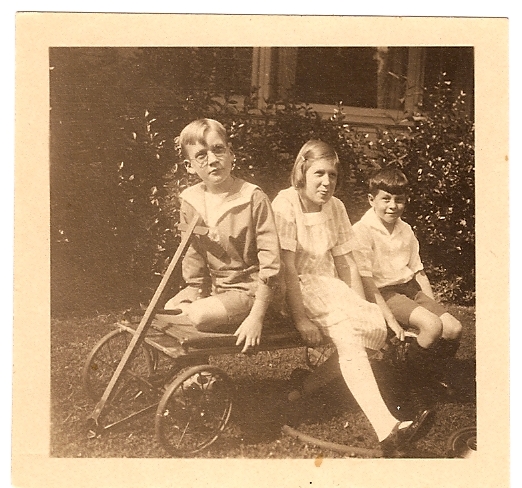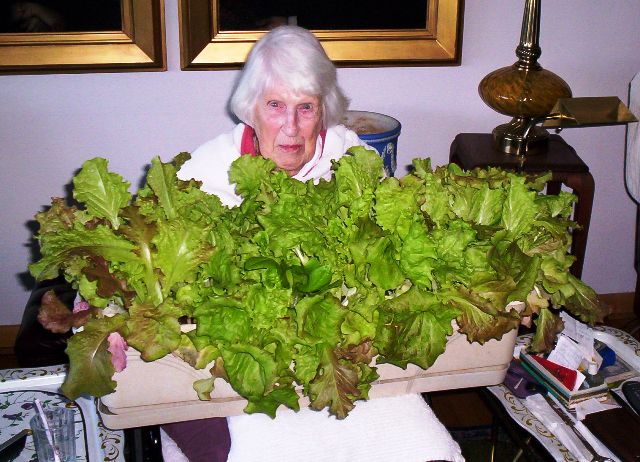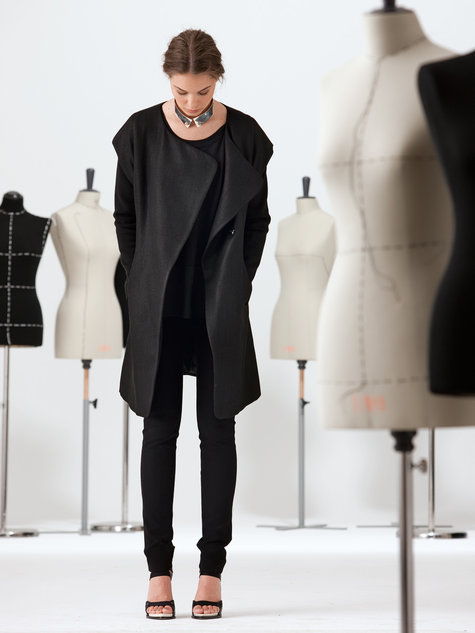Good morning! It’s been a busy couple of weeks and I wanted to give you all a bit of an update. I was in Tampa the week before last for the annual Association of American Geographers meeting. It was the most exhausting week I’ve had in a long time on so many levels, but there were some real highlights, too. Lots of intellectual stimulation during some great conference sessions. Even though academic conferences can be exhausting, they often really get my brain percolating and I love hearing what kinds of work people are doing. Also, some surprisingly good vegan eats — mainly Bamboozle Café (a Vietnamese place with some great vegan options…I had vegan pho, avocado roll, and a whole fresh coconut. Such a great meal coming off a long plane ride!) and Pizza Fusion (a place with delicious vegan pizza options… honestly some of the best pizza I’ve had and they delivered to the hotel!). After Tampa, my friend and co-editor, Rosemary, came back from Tampa with me for a writing retreat. We’re co-editing a book called Critical Animal Geographies and our manuscript deadline is coming up in July, so we spent last week in Seattle getting organized about our final steps for getting the book out the door to the publisher. At the end of the week, my sister arrived from upstate New York and we went down to Portland over the weekend for our grandma’s memorial. I tried to post on the blog last week, but I was having some issues with the back end of things and couldn’t get a post up. Now, things are fixed and I’m glad to be back at the blogging.
Thank you all so much for your feedback on themes for my next e-book. I got lots of personal emails from readers as well letting me know your preferences. Overwhelmingly, the seasonal cookbooks were the most popular idea, so I will tackle that project next. You can expect the launch of the first one soon (more details to come). I also got a lot of emails asking for a ‘Best of Serenity in the Storm’ and I love reader Helen McFarland’s idea of doing a cookbook that is a weekly meal plan with shopping lists and easy, go-to recipes for work nights. So you can likely expect to see those coming in the future. Thanks so much for your support and enthusiasm; it really means so much to me!
In many ways, I feel like Serenity in the Storm is experiencing a bit of a metamorphosis. Or maybe I am. These last few months have been a bit of a hibernation for the blog while I finish my dissertation and prepare to transition from one big life moment (grad school) into the next thing (the big unknown!). As I’ve been trying to envision what this next phase of life is going to look like, I want the blog to be a more central and consistent project, and I have been trying to think of ways to earn a little income from the blog so that I can dedicate a lot more time and energy to it.
As I envision this next phase, I’ve been doing some deep reflection on what it is about the academic path that I value most. The two things I love most are the intellectual community (being in a place that pushes my thinking in new and challenging ways) and teaching about human, animal and environmental issues of justice. I began to wonder what it might look like to expand the blog to include more of these two things…
So here’s my most recent idea that I’d like to test out with all of you readers. Over the last couple of years, as I’ve posted about my Animals, Ethics & Food class and my Animals in Fashion class, I have received quite a few emails from readers all over the world saying that they wish they could be in Seattle to take these classes, or from people in Seattle who wish they had access to the University of Washington classes. Then in March, I started teaching a course online for UW (it’s a World Regions intro level Geography class) and that got me thinking. Why not tweak the courses I have already designed for an online audience and offer these classes through my blog? Why not offer a space where anyone with access to a computer and the internet could engage in learning and thinking critically about animal, human and environmental issues of justice?
What I’m envisioning is this: the courses would last 6-8 weeks and I would charge a registration fee (likely around $150 for the full course). The course would have its own web site/web community which you would gain access to once you register. We would have a schedule of readings and films that would act as the basis of our work together. All films would be available to view for free online and you would likely have to buy some books or borrow them from your local library, in addition to an online reader of additional PDFs that I would send you once you register. I would ask you to write weekly responses to the material that would be posted online for everyone else in the class to read and comment on through a discussion board. To accommodate different time zones/work schedules, these discussions would be ongoing throughout each week. In addition to the films, readings, and discussions, I would also provide recorded lectures about, for instance, my work on the dairy industry and other supplemental topics as an additional source of discussion and information. There would be no prerequisites for the courses (e.g., you do not have to have any background in reading or studying animal-related issues, you certainly do not have to be vegan or vegetarian to take the course, etc.). I would hope we would get a great mix of backgrounds, politics, eating habits, etc. to foster a dynamic discussion about these issues. I would just ask that everyone take the material seriously, do the readings and participate in the discussions, and be respectful and kind about other perspectives voiced through the discussion board. My aim here is to create an online intellectual community where we could think and talk together in critical ways about issues related to animals, humans and the environment.
So, here’s where I’d like to get your feedback. If you could answer these questions in the comments below (or via email, if you prefer), I’d be so grateful. I want to gauge whether there is sufficient interest to proceed with this idea.
Should Serenity in the Storm offer classes online?
Would you personally consider signing up for one of these courses if they were offered?
If so, which courses would you be interested in taking (see below)? Please rank the following:
- Animals, Ethics & Food
- En Vogue: From Feathers to Leather (human, animal and environmental dimensions of the fashion industry)
- Social and Environmental Justice in Animal Agriculture (a new course I’ve just designed focused on the human, environmental and animal impacts of meat, dairy and egg production)
- Environmental Justice & Public Policy in a Multispecies World (a new course I’ve just designed which considers the (at times competing) interests of humans, animals and the environment together within an environmental justice framework).
If you would not sign up for a course, is there something that would make this idea more appealing or manageable for you?
Are there other courses you would like to see offered?
Thank you all so much in advance for your feedback!
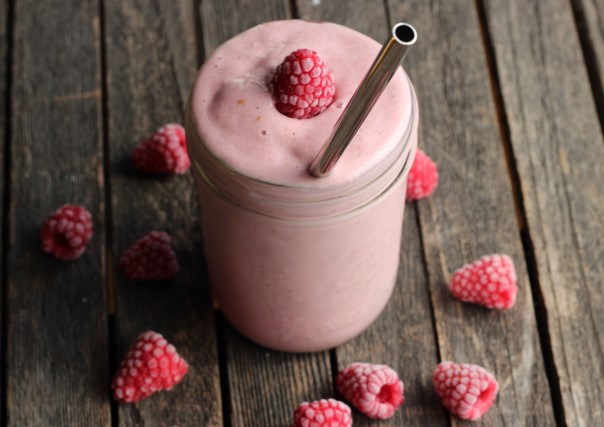
 Follow
Follow

